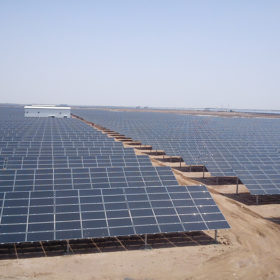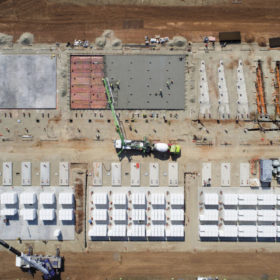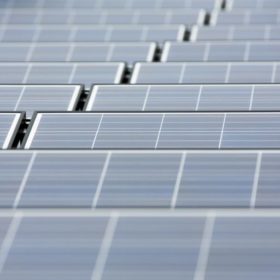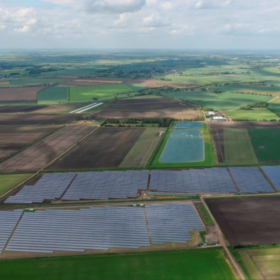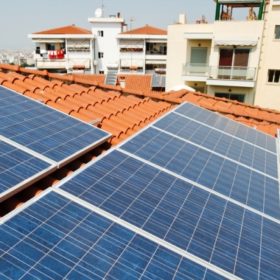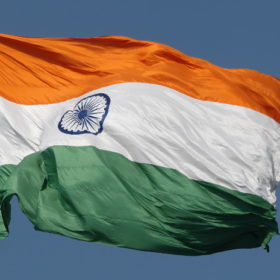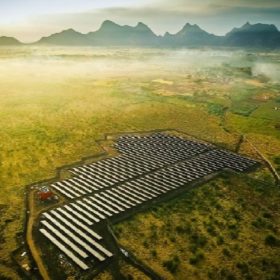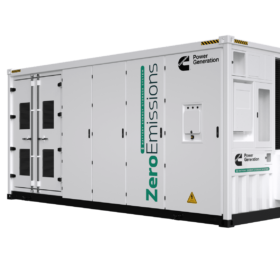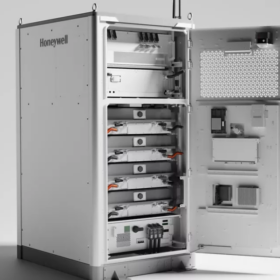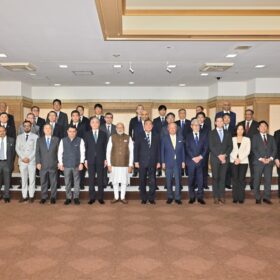Waaree triples solar panel capacity with a new plant in Gujarat
Waaree Energies has set up a 1 GW solar PV panel plant in Vapi, which is in addition to its existing 500 MW plant in Surat, Gujarat. The company intends to further increase capacity to 2 GW. Among other key developments, it has partnered with third-party equipment suppliers to manufacture batteries
CEL invites EoI for PV module manufacturing units
The Central Electronics Limited (CEL), the first Indian company to develop crystalline solar cells and modules in 1977-78, has invited an expression of interest (EoI) for the establishment of manufacturing facilities for the production of solar cells and crystalline silicon (c-si) modules (conventional/flexible).
Falling battery costs to push solar, wind to 50% electricity generation by 2050, but electricity still failing CO₂ reduction targets – BNEF
Solar PV capacity is set to grow 17-fold, and wind six-fold, by 2050, to account for nearly half of global electricity generation, predicts BNEF, while investments will reach US$11.5 trillion. Cost reductions will drive this charge, particularly in the battery market, which will benefit from the EV manufacturing ramp up. Despite this, the electricity sector is still failing to bring CO₂ emissions down to the required levels, with its continued dependence on gas.
Global PV market to grow by another 621.7 GW by 2022, SolarPower Europe says
Global newly installed capacity for 2018 is forecast to reach 102.6 GW, of which “only” 39 GW are expected to come from China. Fourteen countries are expected to cross the GW threshold this year.
Lightsource BP completes first Indian solar project
Lightsource BP has announced the completion of its first solar project in India. The 60 MWp solar farm is located in Wagdari, Maharashtra.
New solar benchmark costs announced for off-grid, rooftop
India’s Ministry of New and Renewable Energy (MNRE) has announced the new benchmark costs for off-grid solar photovoltaic (PV) systems and rooftop solar projects for the financial year (FY) 2018-19.
Gujarat Borosil to invest INR 4.35 billion in solar glass
With this investment, the company plans to more than double its manufacturing capacity of tempered solar glass from 180 tonnes per day to 400 tonnes by 2020. Currently, it meets 30% of India’s demand for solar glass. With the expansion, it aims to become the market leader by catering to about 60-70%.
Is SoftBank’s $100 billion investment in Indian solar realistic?
While news of Japan’s SoftBank announcing up to USD 60-100 billion investment in India’s solar PV power generation is creating ripples across the industry circles, industry analysts feel that the committment sounds unrealistic in view of India’s current PV market status and future needs.
India saw more utility-scale PV tenders in Q1 2018 than in entire 2017 – Bridge To India
India saw the issuance of 13 new utility-scale solar PV tenders totaling 11,945 MW in the quarter ending March 31, 2018, which is 68% more than in the entire of 2017. However, tender capacity for rooftop solar PV (greater than 1 MW in size) was down 50%, at 102 MW.
2018 global PV market to see negative growth following China backtrack
Global solar PV demand this year will be less than in 2017, on the back of China’s latest policy decision, says TrendForce. Overall, it sees new installs dropping 40% in China to 31.6 GW. The protectionist measures taken by the U.S. will also be weakened by the resulting falling module prices.
